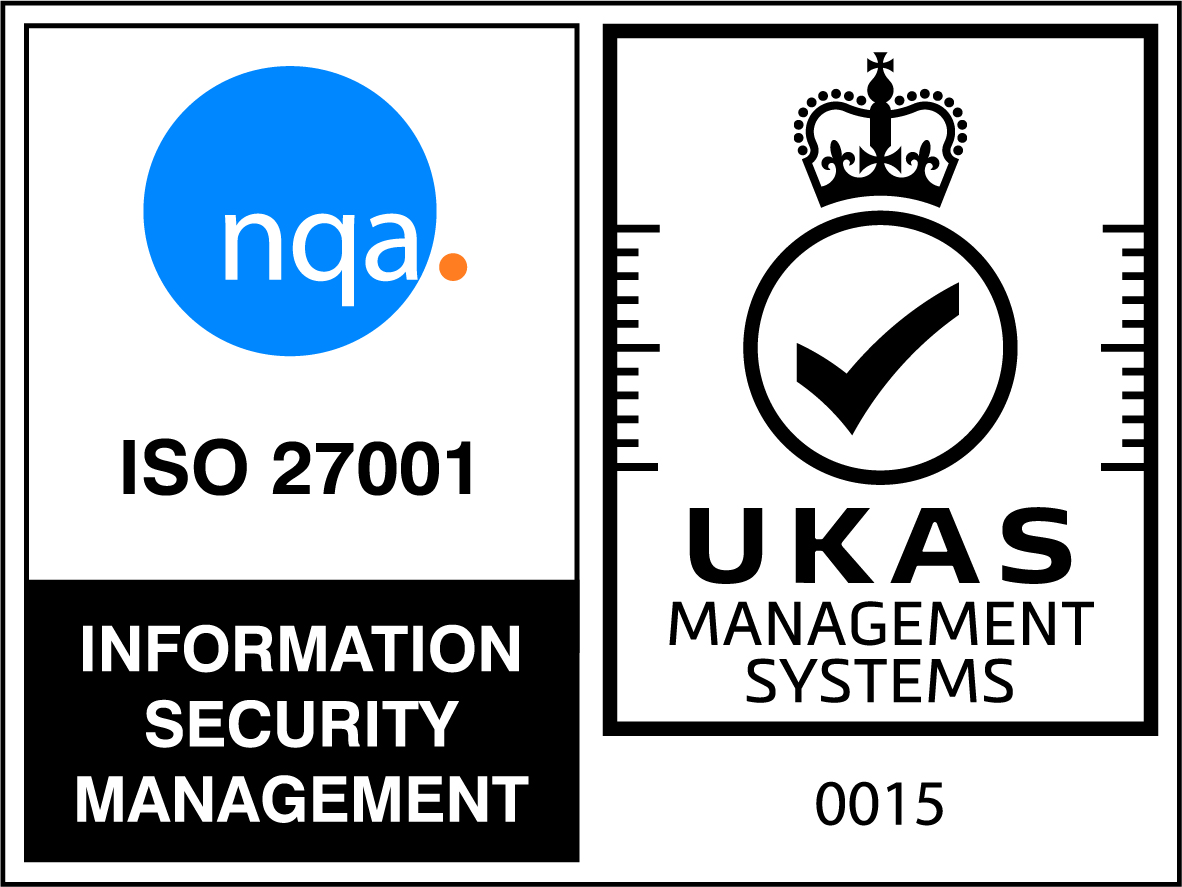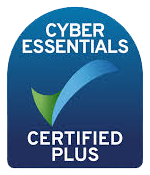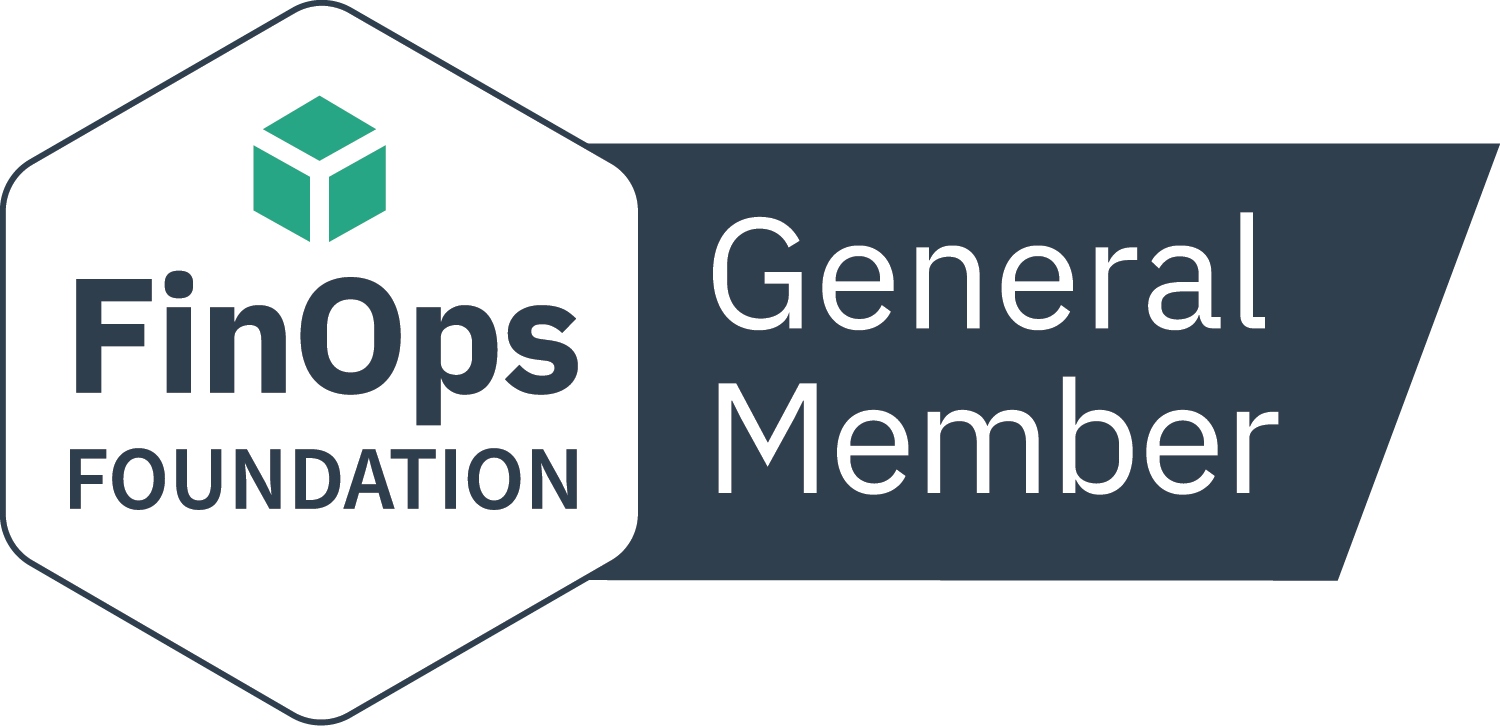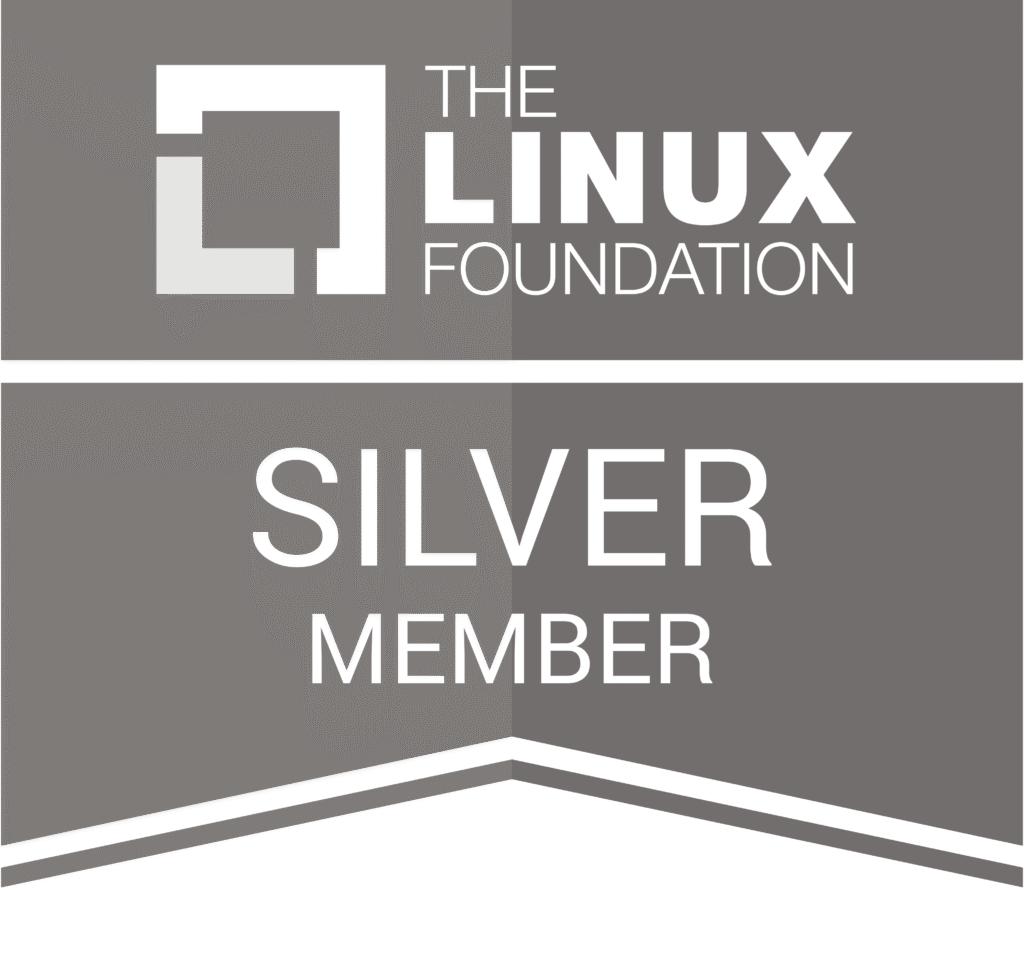How can Software Asset Management (SAM) help to reduce IT costs? Can SAM help increase ROI?
Too many organizations have implemented Software Asset Management (SAM) as a defensive measure to ensure they do not receive a nasty surprise at the time of a software vendor audit. Although this makes good business sense, it should not be the only reason why you do it. The cost savings alone can provide a very compelling ROI argument.
Using SAM to Reduce Hardware and Software Overspend
The most obvious cost saving will come through reducing overspend on both software and hardware. The consideration of hardware might come as a surprise to some. The fact is that the disciplines of a strong SAM program will help identify where hardware is being over deployed and show where consolidation, such as for servers, can be effectively implemented to reduce costs. SAM can help to identify hardware, which includes:
- Network structure
- Printers
- Devices, including mobile, desktop
- Servers
Similarly, monitoring software usage will enable you to identify where software is not being used and so re-harvest the licenses for use elsewhere. This will help ensure that you only ever buy and deploy what the organization needs rather than what employees think they require. As well as monitoring software usage, SAM also fully captures how and where software installed or utilized covering:
- Virtualization
- Thin client environments
- CPUs
- Cores
- Clusters
Use Software Asset Management to Rationalize IT Infrastructure and Support
The next area where SAM savings will be made is in support. Knowing exactly what hardware and software you have installed (typically down to version and patch level for software and processor and memory detail for hardware) will not only make support easier, it will also allow decisions to be made on longer-term IT rationalization.
All this information will help you better plan future software and hardware purchases to ensure a more consistent IT architecture that will not only help to reduce support costs but will also improve security across your IT estate.
Access to SAM Expertise
There is also a hidden cost in managing software licenses in terms of the expertise you will need internally to be able to do this. Even without a SAM program, you will need to properly manage your software licenses, like you would with any other asset. So, it makes sense to do this within the disciplines of a SAM program to ensure the processes and internal expertise you need to develop are done right from the start.
SAM Enables Better Negotiation with Software Vendors
The final area where SAM delivers cost savings is around your discussions with software vendors. Having a complete and accurate view of all the software you have installed, will put you in a much stronger position in any negotiations you may need to have with a software vendor as a result of an audit.
This can prevent significant overspend, particularly as some vendors will use any shortfall of licenses as a way of getting you to sign up for new deals, that are not in your best interests, as a way of making the problems go away.
SAM can Provide a Centralized View
Additionally, a Software Asset Management program will provide a centralized view of all software and hardware allowing you to consolidate purchasing. This provides you in a position for a better deal in terms of volume purchasing or support options.
Software Asset Management Drives ROI
When added together, the contribution of all these factors can deliver significant cost savings that typically outweigh the costs of implementing a SAM program, making a very compelling ROI. As we see IT budget spend evolve and adapt, implementing a program which will initiate ROI becomes more and more appealing for organizations.
If you would like to find out more about how implementing Software Asset Management can help your organization reduce costs, please get in touch with Certero.

